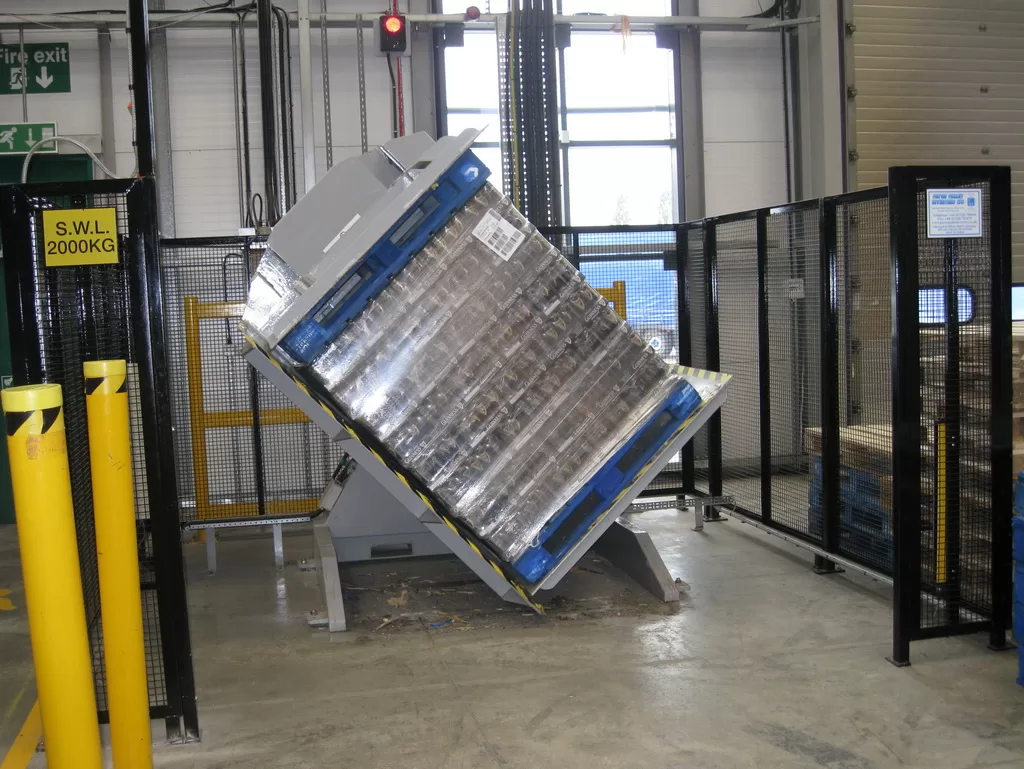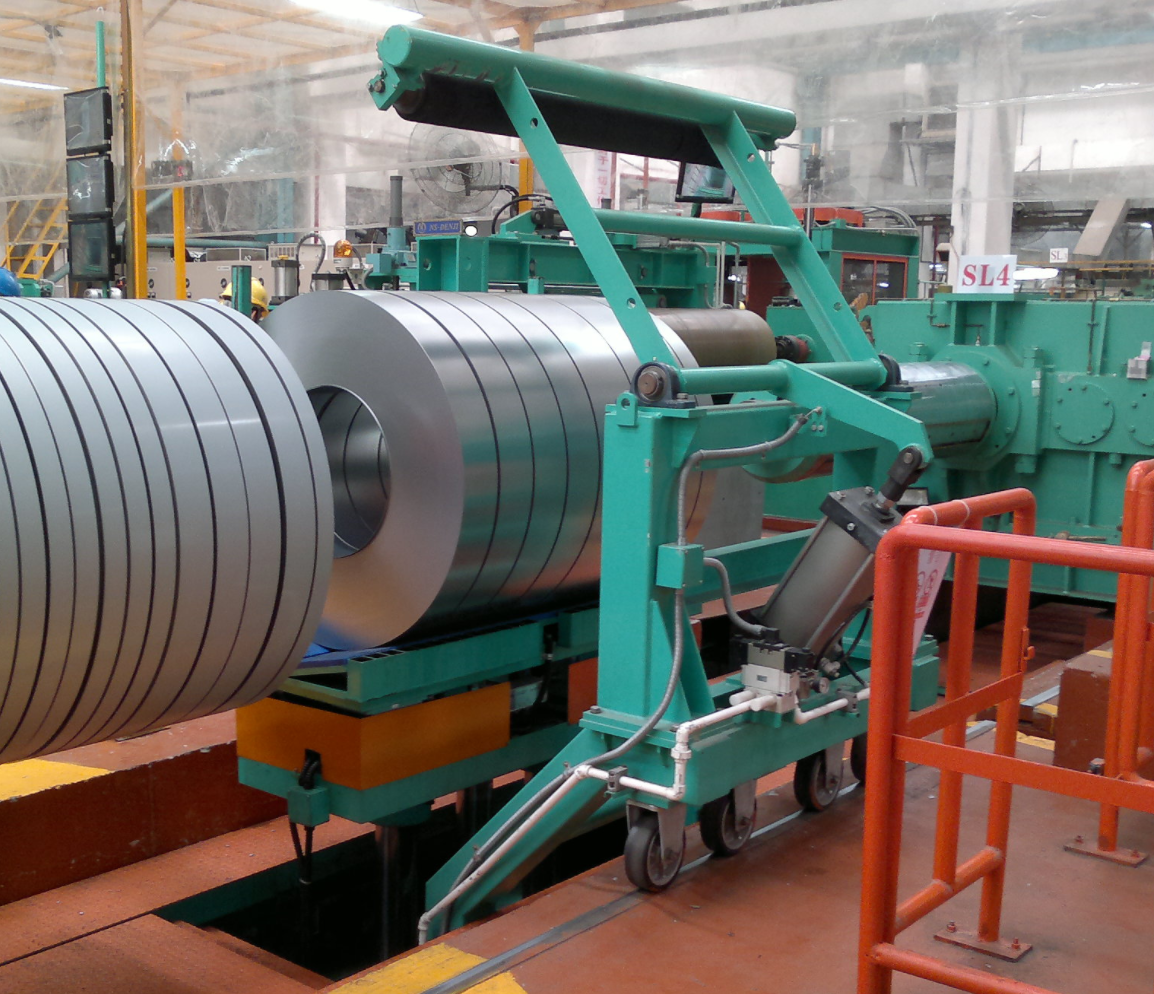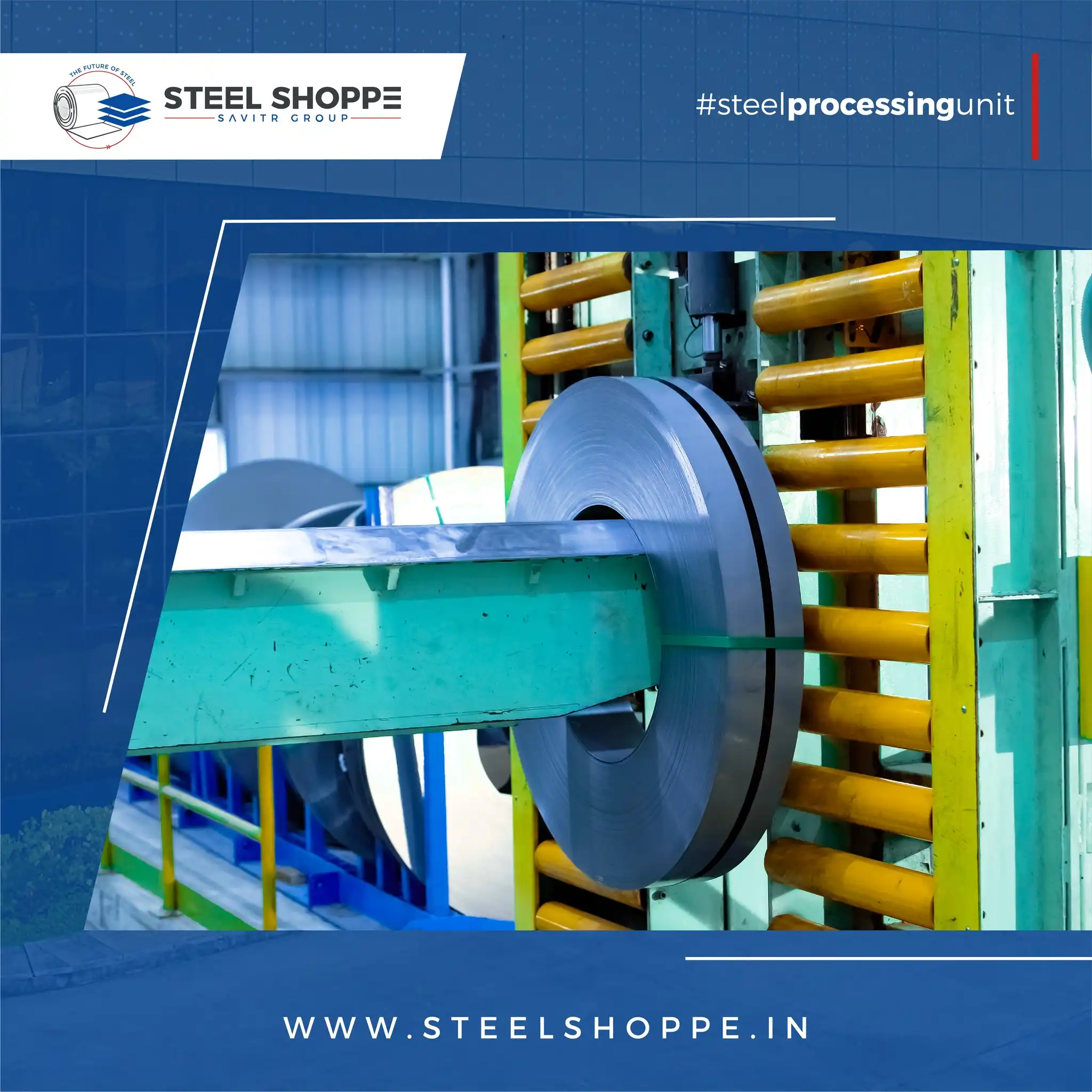Top Safety Features to Look for in a Mold Flipper
Choosing the right mold flipper is crucial for workplace safety. These machines handle heavy molds, and selecting one with robust safety features can prevent accidents and injuries. Prioritize features that protect operators and ensure smooth, controlled flipping operations.
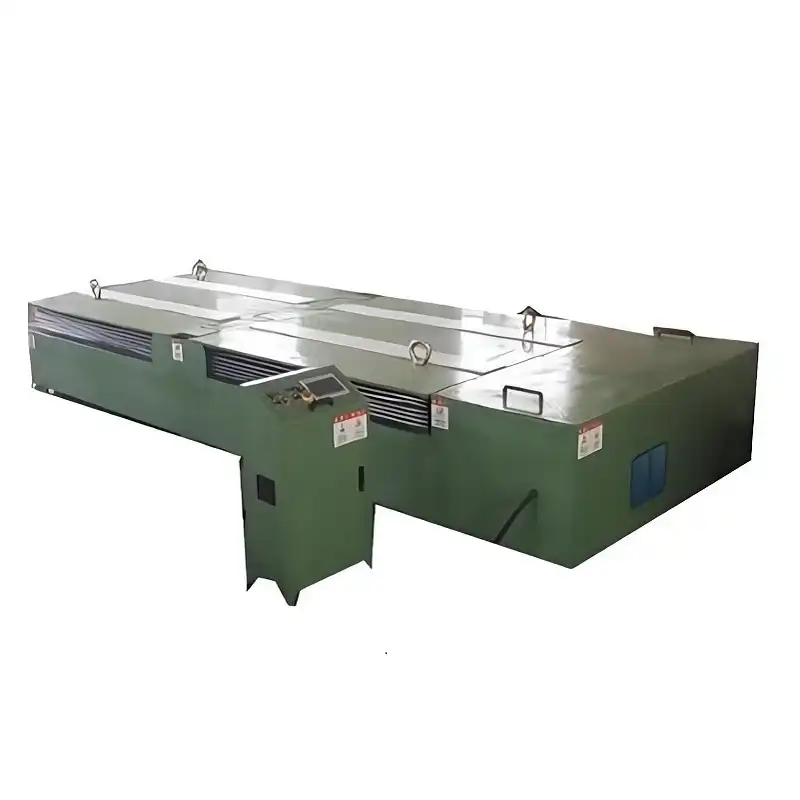
Mold flippers enhance safety by automating mold turning, reducing manual lifting risks. Key features to look for include emergency stops, safety barriers, load sensors, and interlocking systems. These elements ensure controlled, safe operation, protecting workers from crushing hazards and equipment damage, ultimately boosting productivity and minimizing downtime.
Ready to dive deeper? Understanding the vital safety components of mold flippers isn’t just about compliance—it’s about fostering a secure and efficient work environment. Let’s explore the essential safety features that make a mold flipper a valuable asset.
1. How Does a Mold Flipping Machine Improve Operational Safety?
Mold flipping machines significantly boost operational safety by automating heavy mold handling. They minimize manual intervention, thereby decreasing potential injuries and accidents. The precision and control of these machines ensure a safer and more productive work environment.
Mold flipping machines enhance operational safety by eliminating the hazards linked to manual mold handling. Automation reduces physical strain and injury rates, while precise control maintains mold integrity. These machines ensure a safer environment, minimizing risks and improving overall safety standards in manufacturing facilities.
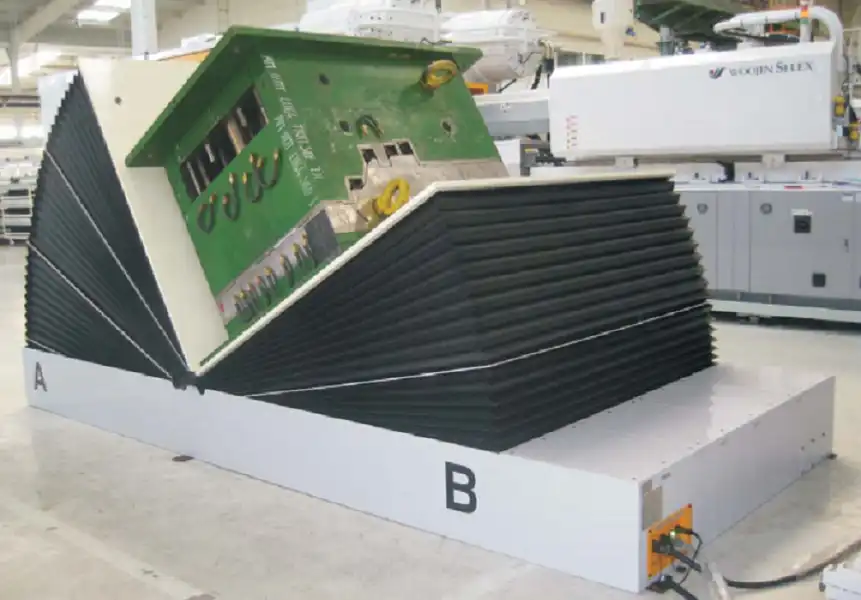
Deeper Dive: Understanding the Mechanics and Safety Integration
The integration of a mold flipper into a manufacturing line involves understanding its mechanics and how these contribute to enhanced safety. These machines come with various components working in harmony to ensure controlled and safe operations.
Key Components and Their Safety Implications
| Component | Function | Safety Benefit |
|---|---|---|
| Automated Controls | Precise operation with minimal human input | Reduces human error and ensures consistent, safe handling of molds. |
| Hydraulic System | Smooth, controlled flipping action | Prevents sudden movements that could cause accidents or damage the mold. |
| Emergency Stop Buttons | Immediate halt of operation in emergencies | Allows operators to quickly stop the machine in case of a malfunction or hazard. |
| Load Sensors | Monitor weight distribution and prevent overload | Prevents the machine from handling loads beyond its capacity, ensuring stability. |
| Safety Barriers | Physical protection around the machine | Keeps operators at a safe distance from moving parts, preventing accidental contact. |
Optimizing Safety Through Design and Technology
Modern mold flippers are designed with safety as a core principle, integrating features that go beyond basic functionality. These include:
-
Reinforced Structures: Constructed to withstand heavy loads and stresses, ensuring long-term reliability and preventing structural failures.
-
Precision Engineering: Utilizing advanced engineering techniques to ensure smooth and accurate movements, minimizing vibrations and the risk of instability.
-
Integrated Safety Systems: Combining multiple safety features into a cohesive system that provides comprehensive protection for operators and equipment.
Analyzing Accident Data and Implementing Preventive Measures
One of the most effective ways to improve safety is to analyze accident data and implement preventive measures based on the findings. By tracking incidents and identifying common causes, manufacturers can refine their safety protocols and machine design to minimize risks. This includes:
-
Regular Risk Assessments: Conducting thorough risk assessments to identify potential hazards and develop mitigation strategies.
-
Enhanced Training Programs: Providing comprehensive training to operators on the safe and proper use of mold flippers, emphasizing emergency procedures and best practices.
-
Feedback Mechanisms: Establishing channels for operators to report safety concerns and suggest improvements, fostering a culture of continuous improvement.
By integrating these measures, manufacturers can create a safer and more efficient working environment, reducing the risk of accidents and ensuring the long-term reliability of their equipment.
2. What Are the Key Safety Features of Modern Mold Flippers?
Modern mold flippers come equipped with several key safety features designed to protect operators and prevent accidents. These features include emergency stop buttons, safety barriers, load sensors, interlocking systems, and signal lights, all crucial for safe operation.
Key safety features of modern mold flippers include emergency stop buttons for immediate halts, safety barriers to prevent accidental contact, load sensors to avoid overloads, interlocking systems to ensure safe operation, and signal lights for clear status indication. These features collectively minimize risks and enhance operator safety.
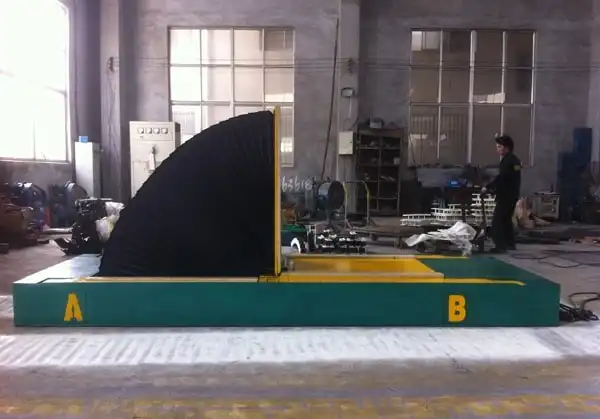
Technical Details: Enhancing Safety Through Advanced Features
Advanced safety features in mold flippers go beyond basic protections, integrating sophisticated technologies to minimize risks and enhance operational control. These advancements focus on preventing accidents, ensuring stability, and providing real-time feedback to operators.
Detailed Examination of Safety Components
-
Emergency Stop Systems:
- Functionality: Immediate power cutoff to halt all machine operations.
- Technical Detail: Compliant with international safety standards (e.g., ISO 13850) with redundant circuits and fail-safe mechanisms. Often includes multiple, easily accessible buttons around the machine.
-
Safety Barriers and Light Curtains:
- Functionality: Physical or optical barriers to prevent operators from entering hazardous zones during operation.
- Technical Detail: Light curtains use infrared beams to detect intrusions, triggering an immediate stop if beams are interrupted. Barriers are constructed from robust materials to withstand impact.
-
Load Monitoring and Overload Protection:
- Functionality: Continuous monitoring of the load weight and distribution to prevent overloads.
- Technical Detail: Utilizes strain gauges and load cells integrated into the machine’s structure, providing real-time data to a control system. If an overload is detected, the machine automatically stops and alerts the operator.
-
Interlocking Systems:
- Functionality: Prevents operation if safety guards or access doors are not properly closed and locked.
- Technical Detail: Employs electromechanical or magnetic switches to verify the position of safety components. The control system will not initiate or allow operation unless all interlocks are engaged.
-
Advanced Control Systems:
- Functionality: Centralized control of all machine functions, with built-in safety logic and monitoring capabilities.
- Technical Detail: Programmable Logic Controllers (PLCs) with safety-rated firmware manage the machine’s operations. These systems can detect anomalies, provide diagnostic information, and enforce safety protocols.
Importance of Regular Maintenance and Calibration
The effectiveness of these safety features depends on regular maintenance and calibration. Load sensors, for example, need periodic calibration to ensure accurate weight readings. Emergency stop buttons should be tested regularly to confirm they function correctly. Maintenance schedules should include:
- Inspection of safety barriers for damage or wear.
- Testing of interlocking systems to verify proper engagement.
- Calibration of load sensors to ensure accurate weight measurement.
- Functional testing of emergency stop buttons and light curtains.
By understanding these technical details and adhering to rigorous maintenance protocols, manufacturers can maximize the safety and reliability of their mold flippers, protecting their workforce and ensuring smooth operations.
3. How to Implement a Mold Flipping Machine in Your Workplace Safely?
Implementing a mold flipper safely requires careful planning, thorough staff training, and regular maintenance checks. Adhering to operational guidelines and conducting frequent safety inspections are also essential for a secure working environment.
To safely implement a mold flipping machine, start with comprehensive staff training on operation and safety. Schedule regular maintenance, conduct safety inspections, adhere strictly to operational manuals, and continuously monitor operations. These steps ensure a secure and efficient environment, minimizing risks and maximizing productivity.
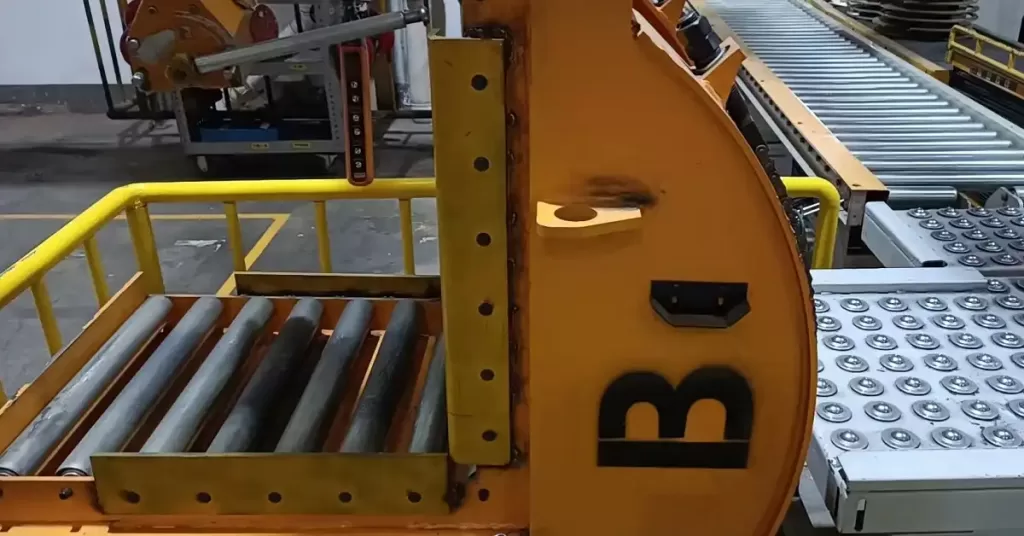
Creating a Comprehensive Safety Protocol
Safe implementation goes beyond just installing the mold flipper[(https://www.fhopepack.com/mold-flipper/)]. It involves integrating safety into every aspect of its operation.
Key Steps for Safe Implementation
-
Comprehensive Staff Training:
- Objective: Ensure all operators are thoroughly familiar with the machine’s operation, safety features, and emergency procedures.
- Components: Hands-on training, detailed manuals, and regular refresher courses.
-
Regular Maintenance Checks:
- Objective: Maintain the machine in optimal condition, preventing malfunctions and ensuring safety features function correctly.
- Schedule: Daily, weekly, and monthly checks covering all critical components.
-
Safety Inspections:
- Objective: Identify potential hazards and ensure compliance with safety standards.
- Process: Regular audits by qualified personnel, with documented findings and corrective actions.
-
Adherence to Operational Guidelines:
- Objective: Ensure consistent and safe operation by following manufacturer’s instructions.
- Resources: Clearly defined procedures, checklists, and readily available manuals.
-
Continuous Monitoring:
- Objective: Track machine performance and operator behavior to identify areas for improvement.
- Methods: Real-time monitoring systems, feedback mechanisms, and incident reporting.
Detailed Safety Checklist
| Task | Frequency | Responsibility | Details |
|---|---|---|---|
| Daily Visual Inspection | Daily | Operator | Check for loose parts, leaks, and any visible damage. |
| Emergency Stop Test | Weekly | Supervisor | Verify all emergency stop buttons function correctly and halt the machine immediately. |
| Load Sensor Calibration | Monthly | Technician | Calibrate load sensors to ensure accurate weight measurement. |
| Safety Barrier Inspection | Monthly | Technician | Inspect safety barriers and light curtains for damage and proper function. |
| Comprehensive Audit | Quarterly | Safety Officer | Conduct a thorough safety audit, reviewing all procedures and equipment. |
| Refresher Training | Annually | HR/Training | Provide refresher training to all operators, covering new procedures and safety updates. |
By following this protocol, businesses can create a safe, efficient, and productive environment for mold flipping operations.
4. Integrating Ergonomics for Enhanced Safety
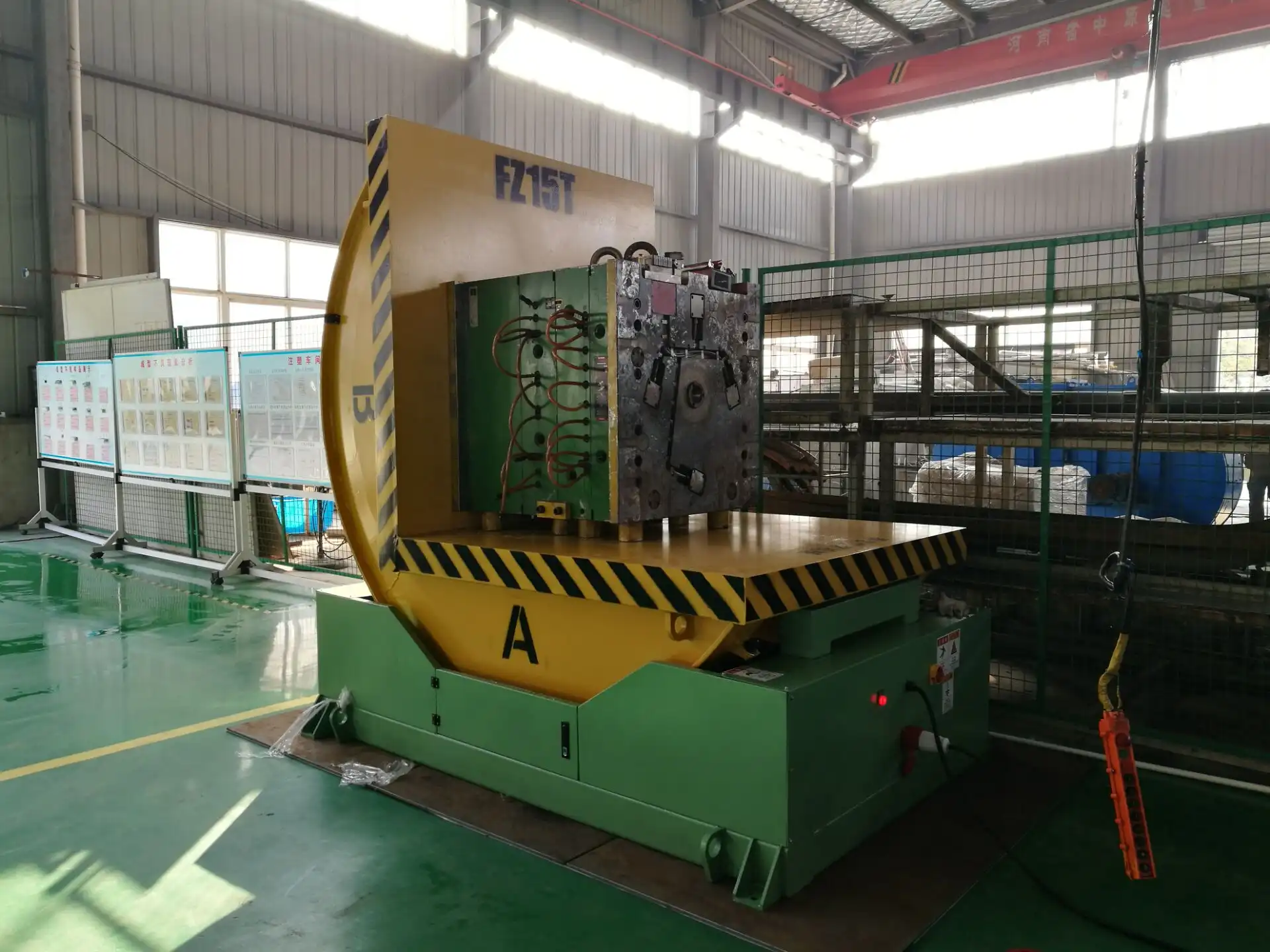
Integrating ergonomic principles is crucial when implementing a mold flipper. Proper positioning and ease of use can significantly reduce operator strain and fatigue, minimizing the risk of accidents and improving overall productivity. This involves considering the height and accessibility of controls, the layout of the workspace, and the physical demands placed on operators during the mold flipping process.
Integrating ergonomic design enhances safety by reducing physical strain and fatigue on operators. This includes optimizing control positions, workspace layout, and ease of access to minimize the risk of accidents and improve overall productivity in mold flipping operations.
Ensuring Safety and Efficiency: Ergonomic Considerations for Mold Flipper Operation
To optimize safety and efficiency, it’s crucial to consider several key ergonomic factors:
-
Control Placement: Position controls within easy reach to minimize stretching or twisting. This ensures operators can quickly and comfortably manage the machine without unnecessary strain.
-
Workspace Layout: Design the workspace to provide ample room for movement, reducing the risk of collisions or awkward postures. This includes ensuring clear pathways and minimizing obstructions.
-
Adjustable Height: Implement adjustable height features on the mold flipper to accommodate operators of different sizes. This promotes better posture and reduces strain on the back and shoulders.
-
Anti-Fatigue Matting: Use anti-fatigue matting in the work area to reduce strain on the legs and feet. This can help maintain alertness and reduce the risk of fatigue-related accidents.
-
Training and Education: Provide comprehensive training on proper lifting techniques and ergonomic principles. This ensures operators are aware of potential hazards and know how to minimize their risk of injury.
By integrating these ergonomic considerations, manufacturers can create a safer and more comfortable working environment, improving operator well-being and productivity in mold flipping operations.
Conclusion
Investing in a mold flipper with advanced safety features is a proactive step toward creating a safer, more efficient workplace. By prioritizing features like emergency stops, load sensors, and safety barriers, businesses can significantly reduce the risk of accidents. Implementing comprehensive safety protocols and providing thorough training further enhance operational safety. This not only protects your workforce but also ensures long-term productivity and reduces operational costs.


